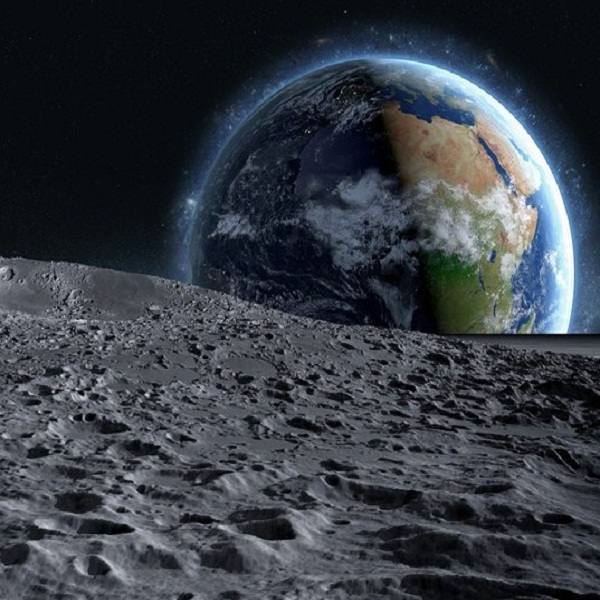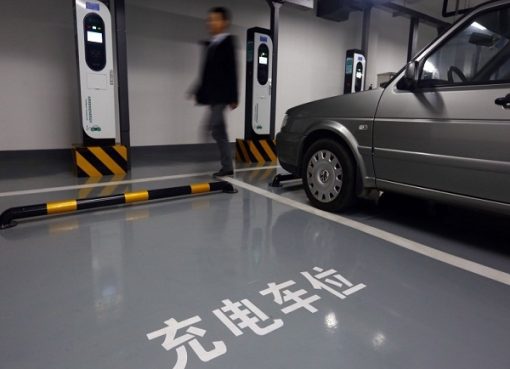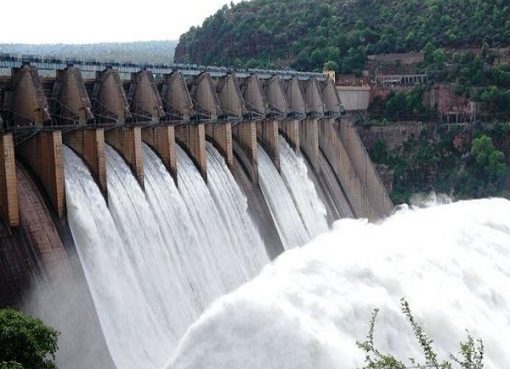Scientists at the University of Manchester and the University of Glasgow have together offered new insights into the possibility of establishing a pathway to generate oxygen for humans to potentially call the Moon or Mars ‘home’ for extended periods of time.
Electrolysis is one potential method, which involves passing electricity through a chemical system to drive a reaction and can be used to extract oxygen out of lunar rocks or to split water into hydrogen and oxygen. This can be useful for both life support systems as well as for the in-situ production of rocket propellant.
However, until now, how lower gravitational fields on the Moon (1/6th of Earth’s gravity) and Mars (1/3rd of Earth’s gravity) might affect gas-evolving electrolysis when compared to known conditions here on Earth had not been investigated in detail. Lower gravity can have a significant impact on electrolysis efficiency, as bubbles can remain stuck to electrode surfaces and create a resistive layer.
New research published today demonstrates how the team of researchers undertook experiments to determine how the potentially life-giving electrolysis method acted in reduced gravity conditions.
Gunter Just, lead engineer of the project, said: “We designed and built a small centrifuge that could generate a range of gravity levels relevant to the Moon and Mars and operated it during microgravity on a parabolic flight, to remove the influence of Earth’s gravity. When doing an experiment in the lab, you cannot escape the gravity of Earth; in the almost zero-g background in the aircraft, however, our electrolysis cells were only influenced by the centrifugal force and so we could tune the gravity-level of each experiment by changing the rotation speed.
“The centrifuge had four 25cm arms that each held an electrolysis cell equipped with a variety of sensors, so during each parabola of around 18 seconds we did four simultaneous experiments on the spinning system.
The additional power requirement was more modest at around 1 per cent. These specific values are only relevant to the small test cell, but demonstrate that the reduced efficiency in low-gravity environments must be taken into account when planning power budgets or product output for a system operating on the Moon or Mars.
If the impact on power or product output was deemed too large for a system to function properly, some adaptations could be made that may reduce the effect of gravity, such as using a specially structured electrode surface or introducing flow or stirring.
The research paper – ‘Predicting the efficiency of oxygen-evolving electrolysis on the Moon and Mars’ – has been published in the journal Nature Communications.
Solutions that could enable humans to safely exist on the surface of other celestial bodies is an active area of space research. From no-cement concrete for building structures on the Moon, to ideas for creating space concrete using space dust and the waste body fluids, such as urine, from astronauts.
In November 2020, a British firm won a European Space Agency (ESA) contract to develop methods to process Moon dust into its constituent elements of oxygen and metal alloys, with a view to producing the necessary materials to build future Moon bases.
Source: E&T










